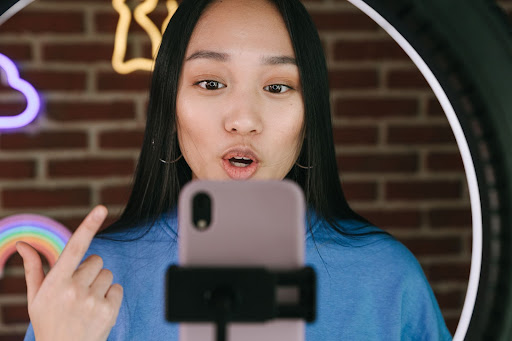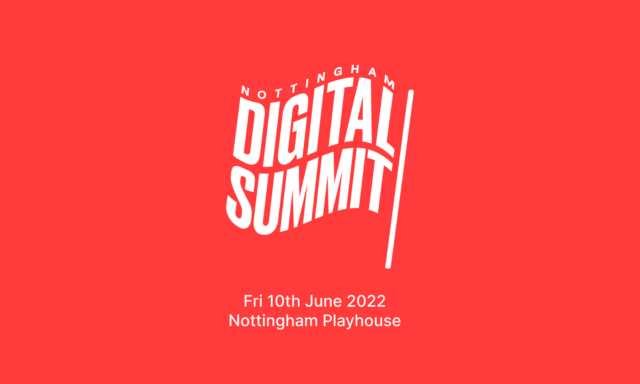According to Statista, who provide global market and consumer data, the value of the global influencer marketing has more than doubled between 2019 and 2022. In fact, in 2022, the market was valued at a record 16.4 billion U.S. dollars. It’s a huge form of modern marketing that isn’t going anywhere.
However, from a world experiencing both a cost of living and an environmental crisis, we’ve seen the recent phenomenon that is the de-influencer. Let’s dig into the trend – and what it means for brands.
What is de-influencing?
De-influencing is the opposite of influencing, which is where people who have built large followings on social media platforms – such as Instagram or TikTok – will then share their recommendations.
For de-influencing, instead of raving about shiny new product launches, they’re recommending what not to buy, often sharing opinions on better and more affordable versions instead. Their reasoning is often aligned to high expense or if the product hype hasn’t lived up to reality.
How popular is the de-influencing trend?
As of today, the hashtag #deinfluencing has around 230 million views on TikTok, with more specific hashtags such as ‘deinfluencing makeup’ and ‘deinfluencing products’ coming in at around 10 million and 6 million views respectively.
However, the number of views that these hashtags are receiving is growing rapidly by the day, with more and more influencers – of all follower sizes – jumping on the trend.
Why are influencers doing it?
It’s a multi-faceted answer. One of our key marketing trends for 2023 is around the importance of authenticity and we could certainly interpret this emerging de-influencing trend as bringing content back to authenticity. It champions ‘the people’, seemingly putting their interests first through honest and transparent reviews, which also sits in line with the wider emergence of ‘eat the rich’ content, we’re seeing in the media.
However, this trend is also supported by threats of the recession and cost of living crisis; consumers are being more cautious with how they spend their money.
There’s also a sustainability angle; with growing support for sustainable and ethical business, people are starting to turn against the obsession with ‘use once, throwaway later’ over consumerism that social media influencers are often associated with, with consumers being mindful about the impact on the environment.
How should brands respond?
It’s really important for brands to be authentic with who they partner with. Choosing an influencer because they align with your brand values and have an engaged community that they’ve built organically is really key.
We’re constantly reminding our clients about the importance of customer research; listening to feedback, however negative, and gaining insights to a customer’s pain point is valuable intel. It doesn’t matter if you’re in marketing or not – everyone likes being heard and taking the time to really listen will help inform what a brand’s next step should be.
This trend also highlights why it’s important to be market oriented; so many businesses have been built on incredible branding, a popular logo and shiny model photos paired with highly targeted paid advertising. This certainly hooks people in and drums up hype – but ultimately the truth will out. Your product needs to be a good one and live up to the massive expectations set through your digital communications.
Could there be issues with influencers giving false negative brands as they have history with them?
Potentially. But think back to where else we see bad reviews such as on TripAdvisor, Google or GlassDoor; you can often tell what’s a fair, balanced and honest review based on an actual experience and what’s a load of tosh written by a disgruntled former employee. It’s easy to spot what’s genuine and who might have ulterior motives.
Plus, people have these large social followings often because it’s based on them giving good advice. Influencers have their own brands to think of rather than entering in some tit-for-tat battle on social media: this is their job at the end of the day and influencers call products out in this way can sometimes mean risking their own reputation, too.
What do you make of the de-influencing trend?
So is de-influencing this just influencing dressed up as marketing for the people? Or does this genuinely mark a switch in tactics to a more clued-up social media audience?
Stay up to date as we bring you all the latest digital marketing trends every month – see our March instalment here.









